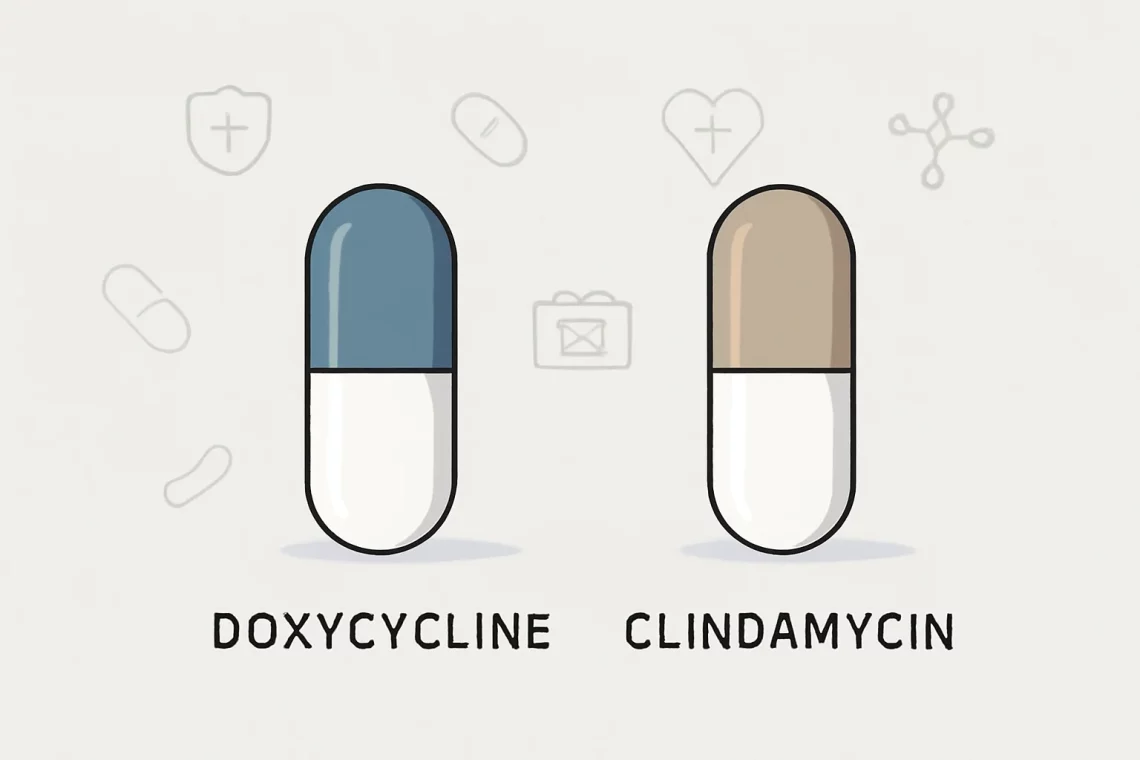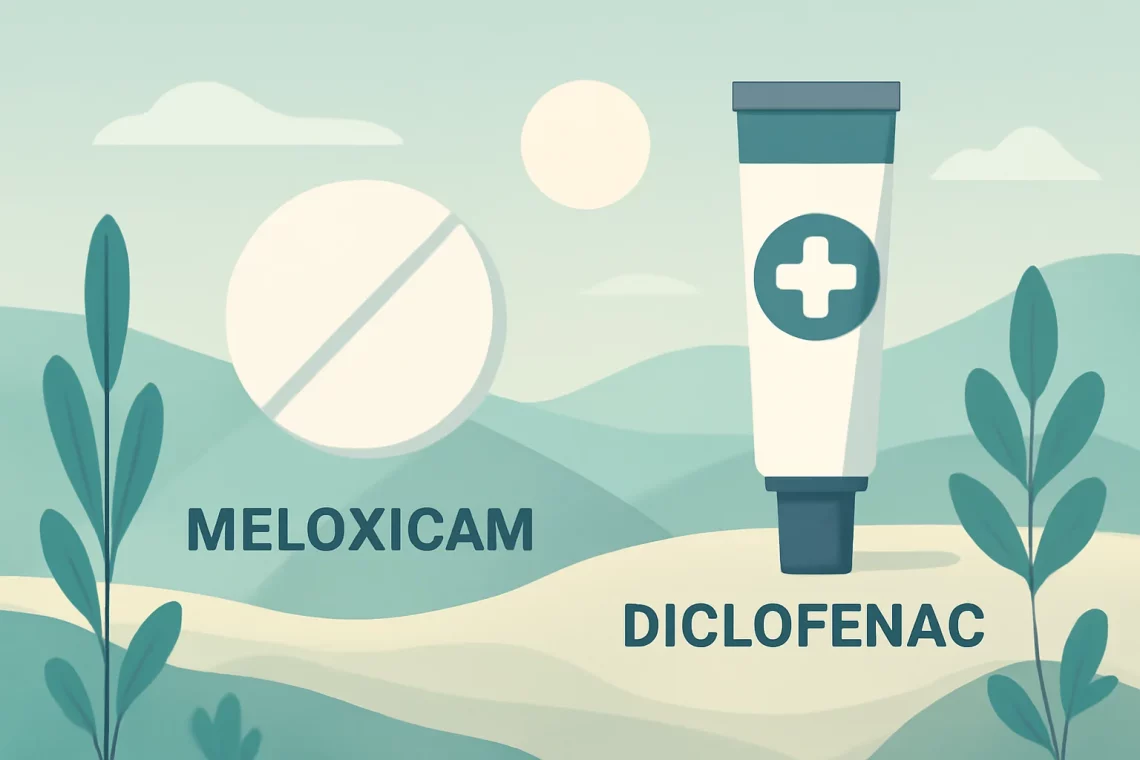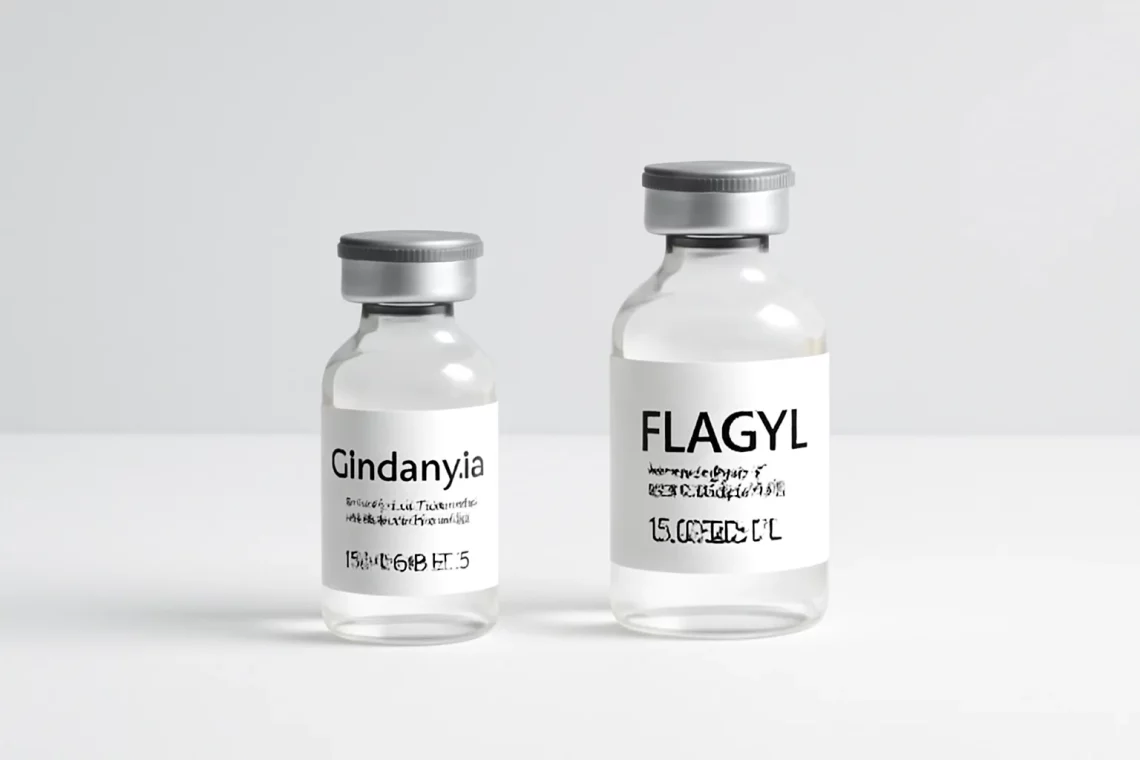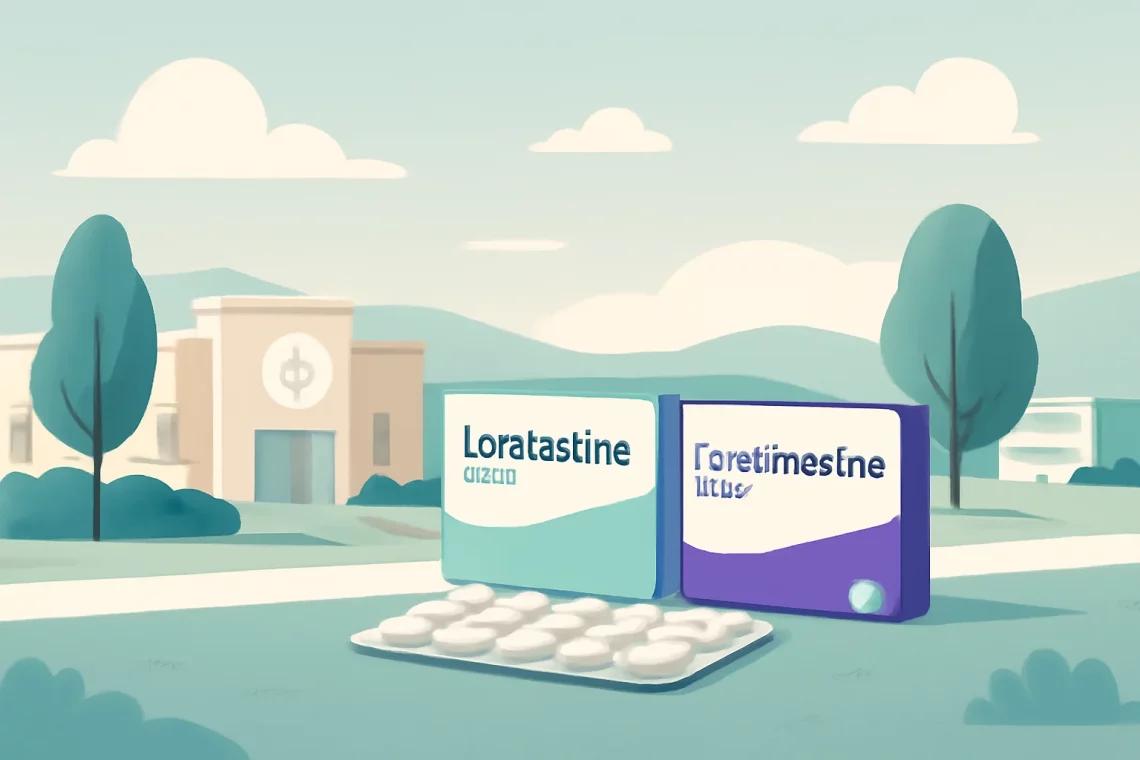-
Probuphine vs Sublocade: A Comprehensive Comparison for Treatment Options
The opioid epidemic has become a pressing public health issue, prompting the development of innovative treatment options to combat addiction. Among these options are Probuphine and Sublocade, two medications designed to help individuals struggling with opioid use disorder. Both of these treatments utilize buprenorphine, an opioid partial agonist, but they differ significantly in their administration methods and overall treatment approaches. Understanding the nuances between these two medications can empower patients, their families, and healthcare providers to make informed decisions regarding treatment plans. With a focus on long-term recovery, these treatments offer unique benefits and challenges that warrant careful consideration. As the landscape of addiction treatment continues to evolve, exploring the…
-
Doxycycline vs Clindamycin: A Comprehensive Comparison of Antibiotics
Doxycycline and clindamycin are two widely used antibiotics that play crucial roles in the treatment of various bacterial infections. Each of these medications has unique mechanisms of action, indications, and side effects, making them suitable for different clinical scenarios. Understanding the distinctions between doxycycline and clindamycin can help patients and healthcare professionals make informed decisions regarding antibiotic therapy. As antibiotic resistance continues to pose a significant challenge in modern medicine, the appropriate selection of antibiotics is vital to ensure effective treatment while minimizing the risk of developing resistant strains of bacteria. With a comprehensive understanding of both medications, healthcare providers can tailor their prescriptions to the specific needs of their…
-
Meloxicam vs Diclofenac: Which Pain Reliever is Right for You?
Meloxicam and diclofenac are both nonsteroidal anti-inflammatory drugs (NSAIDs) that play a significant role in managing pain and inflammation. These medications are frequently prescribed for various conditions, including arthritis, musculoskeletal pain, and post-surgical discomfort. While they share similar properties, their mechanisms of action, efficacy, and side effects can vary considerably. Understanding the differences and similarities between meloxicam and diclofenac can help patients and healthcare providers make informed decisions regarding pain management strategies. As the demand for effective pain relief continues to rise, it becomes crucial to evaluate the options available. Patients often seek alternatives to traditional pain medications due to concerns about side effects, dependency, or effectiveness. Both meloxicam and…
-
Adderall vs Mydayis: Which ADHD Medication is Right for You?
Adderall and Mydayis are two commonly prescribed medications used to treat Attention Deficit Hyperactivity Disorder (ADHD). Both of these stimulant medications aim to enhance concentration, reduce impulsivity, and improve overall cognitive function for those diagnosed with ADHD. However, despite their similar purposes, they differ in various aspects, including their composition, duration of action, side effects, and the way they are metabolized in the body. Understanding these differences can help patients and caregivers make informed decisions about which medication might be more suitable for their specific needs. As the prevalence of ADHD continues to rise, so does the importance of effective treatment options. Patients often seek medications that not only alleviate…
-
Zepbound vs Trulicity: A Comprehensive Comparison of Diabetes Medications
In recent years, the management of diabetes has evolved significantly, with the introduction of various medications aimed at improving blood sugar control. Among these medications, Zepbound and Trulicity have emerged as popular choices for patients and healthcare providers. Both drugs belong to the class of glucagon-like peptide-1 (GLP-1) receptor agonists, which have shown effectiveness in managing type 2 diabetes. The increasing prevalence of diabetes worldwide has led to a surge in interest surrounding these medications, as individuals seek effective and efficient solutions to maintain their health and well-being. Understanding the differences and similarities between Zepbound and Trulicity can help patients and caregivers make informed decisions about their diabetes management options.…
-
Clindamycin vs Flagyl: A Comprehensive Comparison of Antibiotics
Clindamycin and Flagyl are two commonly prescribed antibiotics used to treat various bacterial infections. Their effectiveness and appropriate use depend on the type of bacteria involved and the specific condition being treated. Clindamycin belongs to the lincosamide class of antibiotics, while Flagyl, or metronidazole, is classified as a nitroimidazole. Both medications play crucial roles in modern medicine, particularly in the management of infections that are resistant to other antibiotics. Understanding the differences and similarities between these two antibiotics can aid healthcare professionals and patients alike in making informed decisions regarding their treatment options. Each medication has unique indications, mechanisms of action, and side effects, which can influence the choice of…
-
Loratadine vs Diphenhydramine: Which Antihistamine Is Right for You?
Loratadine and diphenhydramine are two commonly used antihistamines that play a crucial role in managing allergy symptoms. They are both effective in alleviating conditions such as hay fever, allergic rhinitis, and other allergic reactions. While they serve a similar purpose, the way they work and their side effects can vary significantly, making it essential for users to understand the differences between them. Antihistamines function by blocking the action of histamine, a substance in the body that causes allergic symptoms. However, there are two primary categories of antihistamines: first-generation and second-generation. Diphenhydramine falls into the first-generation category, while loratadine is classified as a second-generation antihistamine. This distinction is essential for users,…
-
Buspirone vs Hydroxyzine: Which Anxiety Medication is Right for You?
In the realm of mental health and anxiety management, medication plays a crucial role for many individuals seeking relief from their symptoms. Among the various options available, Buspirone and Hydroxyzine are two medications often discussed for their effectiveness in treating anxiety-related conditions. While both belong to the broader category of anxiolytics, they differ significantly in their mechanisms of action, side effects, and overall use cases. Understanding these differences is vital for anyone considering treatment options for anxiety or related disorders. Both medications offer unique benefits and potential drawbacks, making it essential for individuals to evaluate their personal health needs and consult with healthcare professionals. The choice between Buspirone and Hydroxyzine…
-
Loratadine vs Fexofenadine: Which Antihistamine is Right for You?
Allergies are a common concern for many individuals, affecting millions worldwide. As the seasons change, pollen and other allergens become prevalent, leading to a surge in allergic reactions. Symptoms such as sneezing, nasal congestion, and itchy eyes can significantly impact daily life. To combat these discomforts, various antihistamines are available, each with its unique properties and effectiveness. Among the most popular options are loratadine and fexofenadine, both of which are second-generation antihistamines. These medications are designed to alleviate allergy symptoms without causing excessive drowsiness, a common side effect associated with first-generation antihistamines. Understanding the differences between loratadine and fexofenadine is essential for individuals seeking relief from allergies. While both medications…
-
Cyclobenzaprine vs Flexeril: Understanding the Differences and Uses
Cyclobenzaprine and Flexeril are terms that often arise in discussions about muscle relaxants used to alleviate discomfort from muscle spasms and pain. While many people may use these terms interchangeably, it’s essential to understand that they refer to the same medication. Cyclobenzaprine is the generic name, while Flexeril is the brand name under which it is marketed. This medication is widely prescribed to help manage acute musculoskeletal conditions, providing relief by acting on the central nervous system. Muscle pain can significantly impact an individual’s quality of life, leading to discomfort and limiting mobility. As a result, the demand for effective treatments continues to grow. Cyclobenzaprine works by interfering with the…







































